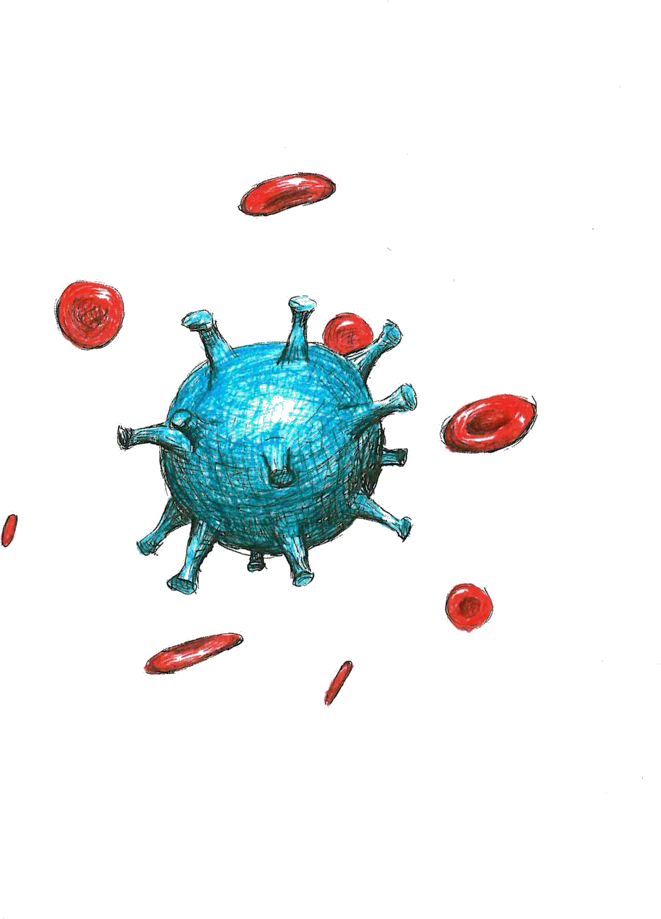
In a joint study by researchers at Yale, the University of Delaware and Northwestern University, scientists engineered assemblies of capsids — the protein shell of the HIV virus — to study how these proteins interact with the host cell during infection.
HIV, which can result in AIDS, has been one of the most challenging public health problems in the past few decades. Yong Xiong, a molecular biophysics and biochemistry professor at the Yale School of Medicine and corresponding author of the study, explained that throughout history, AIDS has affected 70 million people. Out of these 70 million, only two have been fully cured.
“The more knowledge we have about HIV mechanisms, the more tools we have for more downstream applications, such as molecular drugs,” said Ivy Huang GRD ’20, a graduate student at the School of Medicine and one of the co-authors of the study.
Huang noted that it is crucial to study how the capsid — a distinctive cone-shaped protein shell housing the HIV genome — interacts with the host cell to better understand the process of HIV infection. After the virus enters the host cell, it is transported to the nucleus via a network of microtubules.
“We can think of the microtubules as roads — their basic function is to transport cellular structures called organelles inside the cell,” she explained.
Once inside the nucleus, the virus can integrate its genome into the host chromosome for further replication and infection.
Prior to this study, scientists knew that the HIV virus used the microtubule network and the associated motor proteins to transport themselves inside the cell. However, there was a lack of evidence of the direct engagement of the virus with the microtubule motors.
As part of the study, researchers created a large assembly of capsids, which contained about 1,500 copies of the capsid itself, to examine the mechanism behind capsid-host interactions. Huang and her followers then created various mutations in the FEZ1 protein, which is involved in microtubule transportations, to investigate how the capsid interacts with the outside of the cell.
“We made many different mutations of the FEZ1 protein and tested the interaction with the virus by mapping out the binding sites,” she added.
The study resulted in two important discoveries, according to Huang. First, the study proved that the FEZ1 protein was directly interacting with the HIV capsid hexamer — the building block of the full capsid cone. Second, these interactions were found to be electrostatic, since the negatively charged residues of the FEZ1 interact with the positively charged residues of the capsid.
“This is an exciting discovery because this is the first time this specific site has been shown to interact with some form of host protein factors,” Huang said.
Investigating the mechanism behind these interactions has the potential to open doors for new research that could potentially help develop more effective HIV drugs, Huang noted.
According to the Centers for Disease Control and Prevention, approximately 1.1 million people were living with HIV in the U.S. in 2016.
Ishana Aggarwal | ishana.aggarwal@yale.edu .







